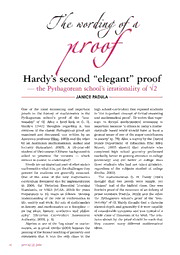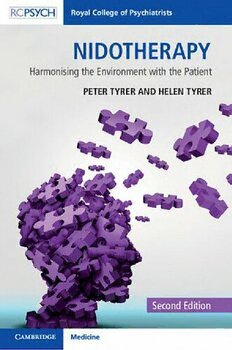
Nidotherapy: Harmonising the Environment with the Patient PDF
Preview Nidotherapy: Harmonising the Environment with the Patient
Nidotherapy Second edition Nidotherapy Harmonising the Environment with the Patient Second Edition Peter Tyrer Imperial College of Science, Technology and Medicine Helen Tyrer Imperial College of Science, Technology and Medicine University Printing House, Cambridge CB2 8BS, United Kingdom One Liberty Plaza, 20th Floor, New York, NY 10006, USA 477 Williamstown Road, Port Melbourne, VIC 3207, Australia 314–321, 3rd Floor, Plot 3, Splendor Forum, Jasola District Centre, New Delhi – 110025, India 79 Anson Road, #06-04/06, Singapore 079906 Cambridge University Press is part of the University of Cambridge. It furthers the University’s mission by disseminating knowledge in the pursuit of education, learning, and research at the highest international levels of excellence. www.cambridge.org Information on this title: www.cambridge.org/9781911623052 DOI: 10.1017/9781911623403 © The Royal College of Psychiatrists 2009, 2019 This publication is in copyright. Subject to statutory exception and to the provisions of relevant collective licensing agreements, no reproduction of any part may take place without the written permission of Cambridge University Press. First published 2009 Second edition 2019 Printed and bound in Great Britain by Clays Ltd, Elcograf S.p.A. A catalogue record for this publication is available from the British Library. ISBN 978-1-911-62305-2 Paperback Cambridge University Press has no responsibility for the persistence or accuracy of URLs for external or third-party internet websites referred to in this publication and does not guarantee that any content on such websites is, or will remain, accurate or appropriate. Every effort has been made in preparing this book to provide accurate and up-to-date information that is in accord with accepted standards and practice at the time of publication. Although case histories are drawn from actual cases, every effort has been made to disguise the identities of the individuals involved. Nevertheless, the authors, editors, and publishers can make no warranties that the information contained herein is totally free from error, not least because clinical standards are constantly changing through research and regulation. The authors, editors, and publishers therefore disclaim all liability for direct or consequential damages resulting from the use of material contained in this book. Readers are strongly advised to pay careful attention to information provided by the manufacturer of any drugs or equipment that they plan to use. For all those who have shown us that nidotherapy is an equitable, humane and successful approach in so many mental disorders and to Phil Harrison-Read for lighting the spark. Contents Foreword by Dr Peter Carter ix Preface to the Second Edition xi Acknowledgements xiii Authors’ Note xv Introduction 1 7 What Are the Qualities of a Good Nidotherapist? 66 1 The General Philosophical Principles of Nidotherapy 7 8 Nidotherapy, Physical and Occupational Health and 2 Assessing the Patient for Social Care 74 Nidotherapy 19 9 Research Evidence 78 3 The Four Phases of Nidotherapy 32 10 Economic Benefits of Nidotherapy 90 4 Methods of Delivering Treatment 43 11 Common Misconceptions about Nidotherapy 94 5 Nidotherapy for People with Intellectual Disability and Dementia 51 6 How to Develop Skills Postscript 103 in Nidotherapy 57 References 105 Index 109 vii Foreword It gives me enormous pleasure to write this foreword for this second edition of Nidotherapy. A great deal has happened in the last 9 years and nidotherapy has developed increased credibility as a viable and effective treatment for a great number of mental disorders. We are at a critical time in our provision of treatment, as rationing has now become com- monplace in health services across the world and so advances that are cost-effective are needed urgently. Many of the concepts and techniques in this book were pioneered in the late 1980s and early 1990s at the NHS Trust of which I was chief executive and need to be embedded as mainstream practice not only in psychiatry in the United Kingdom but internationally. This new edition is likely to be adopted by clinicians throughout the spectrum of mental health care ranging from nurses, occupational therapists, psychologists, social workers, psychiatrists and creative therapists such as art therapists and music therapists. This book will be an essential aid to all of those interested in this therapy and its essen- tial principles. I predicted 8 years ago that in not too many years from now nidotherapy will not only be in common use but also seen as an essential tool in helping those with severe and enduring mental health problems in no lesser way that psychopharmacology is seen as an essential ingredient in current treatment nowadays. You will also note from reading this book that nidotherapy has many fewer adverse effects than drug treatment. When you take into account the major mental impact of the recent devastating fire at Grenfell Tower in west London you can understand the importance of environmental changes and the potential scope of nidotherapy. Dr Peter Carter OBE Former Chief Executive and General Secretary Royal College of Nursing ix Preface to the Second Edition This book was first published in 2009, and a great deal has happened with nidotherapy since then. The treatment has been introduced to Sweden (where there are now over 250 nidotherapists; the 2009 book has been translated into Swedish, Nidoterapi, 2013), Canada, Australia, Denmark, New Zealand and Iran (where there is interest in translat- ing the book into Farsi). To show that Sweden is currently in the ascendance in this area, the University of Uppsala has just carried out an external review (KoF17) of its perfor- mance and instead of following the conventional strategy of assessing research perfor- mance, grant income, publications and societal impacts, it has carried out an evaluation of ‘functioning of its various research environments, with particular focus on the precon- ditions that underpin quality and renewal’ (Uppsala Universitet, 2017, p. 11). This might seem a play on words but it is not. The university environment is the clay from which its successful research is fashioned. Measuring the outputs alone is not enough. There is now a CPD Online module on nidotherapy, and two randomised trials have been published showing its possible efficacy over other active treatments. An annual training workshop is now a major event and attracts an international set of delegates. The treatment has also expanded from the treatment of personality disorder and severe mental illness to the management of challenging behaviour in intellectual disability, the management of addictive disorders and comorbid psychosis and substance use disor- ders (where the treatment was recommended for further research by a NICE guideline in 2012), old age disorders, particularly dementia, occupational mental health (Peter Tyrer has just given an invited keynote lecture on nidotherapy at the annual conference of the Faculty of Occupational Health of the Royal College of Physicians in Dublin) and eating disorders. It is also recommended as an adjunct to normal health care. These involve different forms of delivery of the treatment that are addressed in this second edition. For several reasons this edition is now predicted to stimulate more inter- est as nidotherapy and environmental treatments are now very much in the public’s consciousness. We recognise that all the previous paragraphs might grate a little and read too much like a publicity brochure, and so, like all such documents, invites an alternative view. There is such a view, expressed in its bluntest form, that nidotherapy is what mental health practitioners practise all the time (Ani & Ani, 2007), involves no special skills as anyone can deal with environmental matters, and is just a classic case of old wine being served in flashy new bottles. In this edition we are aware of the power of this criticism, but reject it almost absolutely, for the simple reason that our observations in practice show that environmental solutions are very low down on the list of mental health priorities. The strongest evidence that nidotherapy is effective and different from standard care will have to come from a range of good qualitative studies, case-control studies and ran- domised trials and, although we have some to report, we are hoping others will get more established in the next few years. But there is a host of other evidence that nidotherapy is of value and could be applied, leading to benefit across whole areas of psychiatric prac- tice. We hope this will come out clearly in the rest of this book. xi Acknowledgements More people than can be imagined have contributed to this book, sometimes unknow- ingly and disproportionately. We acknowledge them in an alphabetical sequence rather than one of importance, as it is so difficult to decide on the relative merits of time, effort, sacrifice and generosity. So here we go. We thank Nancy Ababio for her nursing initiatives in nidotherapy; Anthea for contributing to the introductory chapter in her inimitable way; Barbara Barrett for being our cost-effective champion and for her help with Chapter 10; Susanne Bejerot and Mats Humble for showing that the blue and yellow flag of Sweden is truly environmental; Sue Bowles of Acorn Villages, Manningtree in Essex, for promot- ing the path of nidotherapy towards virtual reality in people with intellectual disability; Alastair Campbell for recognising why his brother Donald remained supremely self-con- fident despite having schizophrenia; Peter Carter for tolerating, and sometimes encour- aging, what he correctly describes as ‘creative disruption’; Deirdre Dolan for pretending not to know the subject but practising it all the time; members of the Early Intervention Service in Paddington for their understanding after they suddenly realised what they had taken on in 1988; T. S. Eliot for showing that J. Albert Prufrock needed nidotherapy; Ethel and Heather for showing how their lives could be transformed; Catherine Gardiner for seeing the light very early; Ian Lambert and David Milner for their promotion of pastoral nidotherapy; Sandra O’Sullivan for never faltering; Ben Spears for showing that envi- ronmental analysis can trump psychoanalysis; and the many, many patients who have contributed to the insights in this book. The previous sentence is the longest one you will be reading, so savour it while you can. xiii Authors’ Note Most of the case studies in this book have been altered to change names and remove information which could identify the patient. Some of the case study patients described represent the combined experience of several cases. There are two exceptions. We thank Anthea, whose story introduces the book, for giving us permission to tell her story using her name and autobiographical details. Simon Burgon explicitly wished for his poetry and writings to be published under his name and we thank his estate for their support and permission. xv
The list of books you might like

Can’t Hurt Me: Master Your Mind and Defy the Odds

As Good as Dead

The Mountain Is You

Do Epic Shit

Your Turn Answer Key - Houghton Mifflin Harcourt
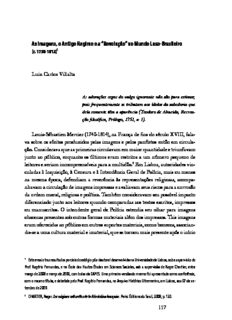
As imagens, o Antigo Regime e a “Revolução” no Mundo Luso-Brasileiro
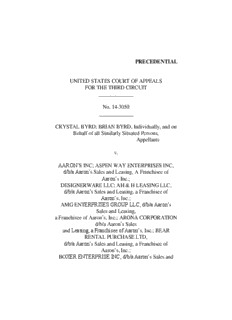
Byrd v. Aaron's, Inc.
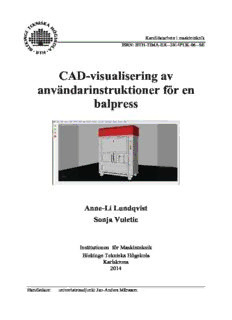
CAD-visualisering av användarinstruktioner för en balpress
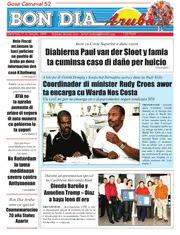
Bon Dia Aruba (11 Januari 2006)

Актуальные проблемы частного и публичного права. Вып. 10. Конференция

by Alexandre Dumas adapted by Carol M. Rice

Diophantus and Diophantine Equations
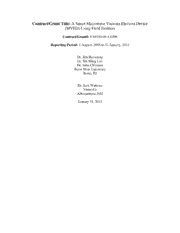
DTIC ADA561944: A Smart Microwave Vacuum Electron Device (MVED) Using Field Emitters
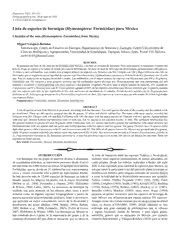
HYMENOPTERA: Lista de especies de hormigas (Hymenoptera: Formicidae) para México
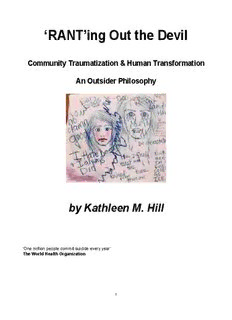
C0PY - The Anna Institute
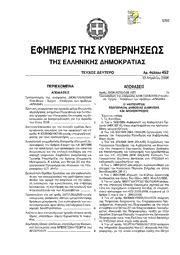
Greek Government Gazette: Part 2, 2006 no. 452

Calculus AB 2017 Cross-Platform Prep Course
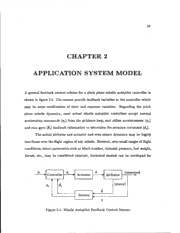
DTIC ADA343069: Application of a Genetic Algorithm to the Optimization of a Missile Autopilot Controller for Performance Criteria with Non-Analytic Solutions
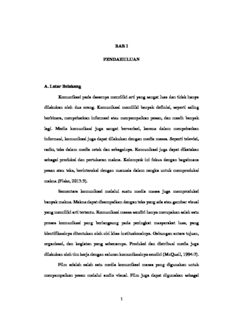
BAB I PENDAHULUAN A. Latar Belakang Komunikasi pada dasarnya memiliki arti yang sangat ...

Aqua 1993: Vol 42 Table of Contents

